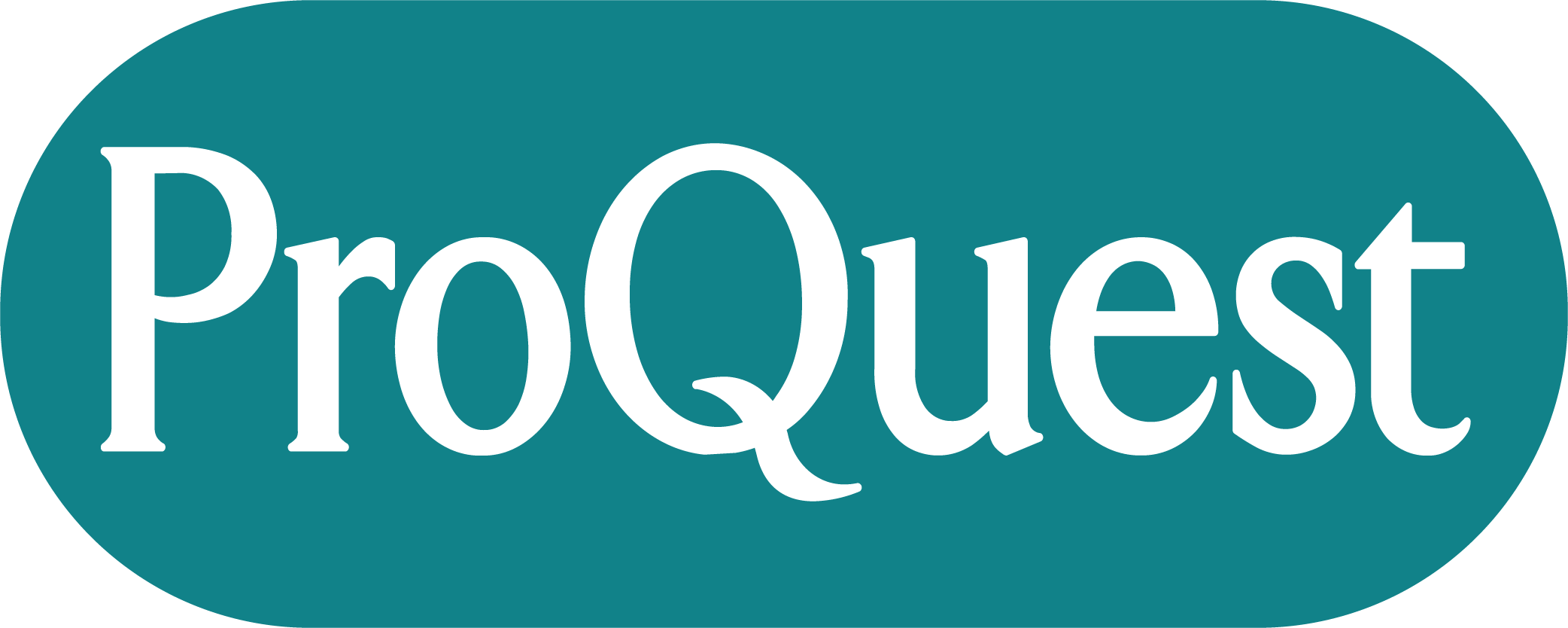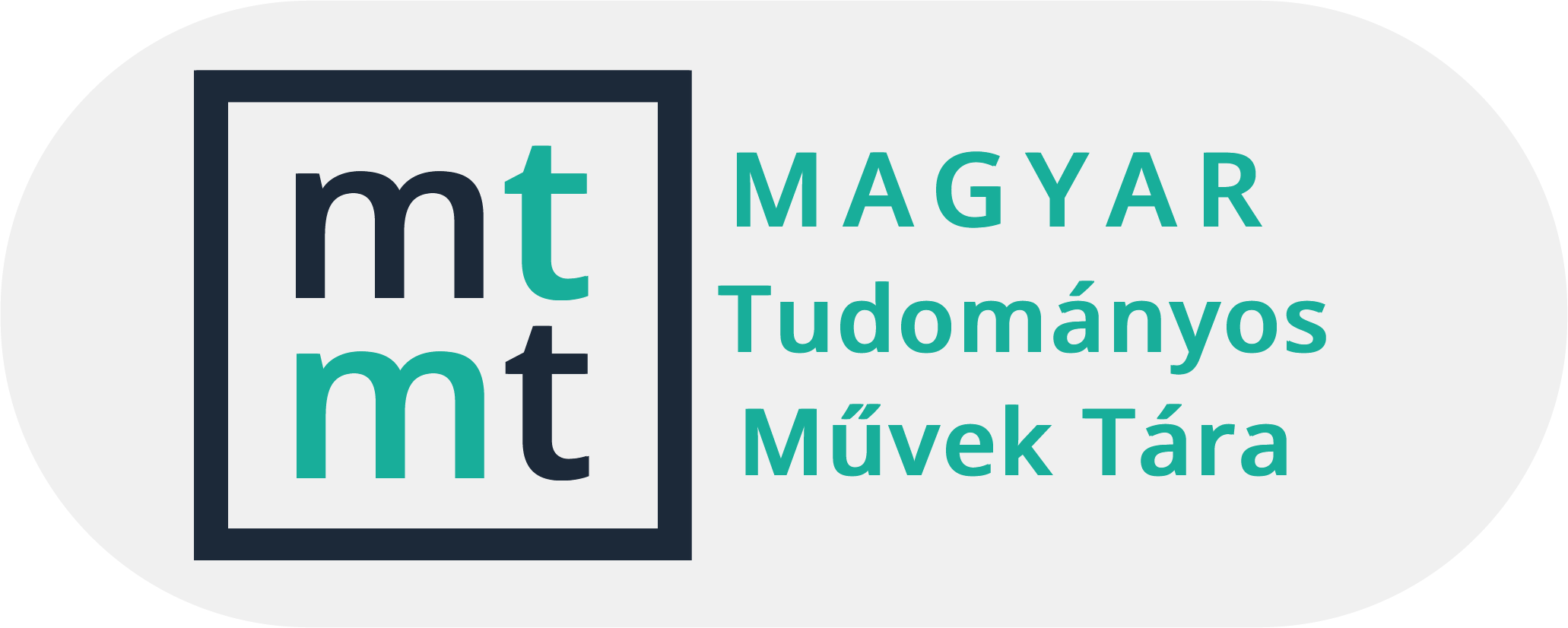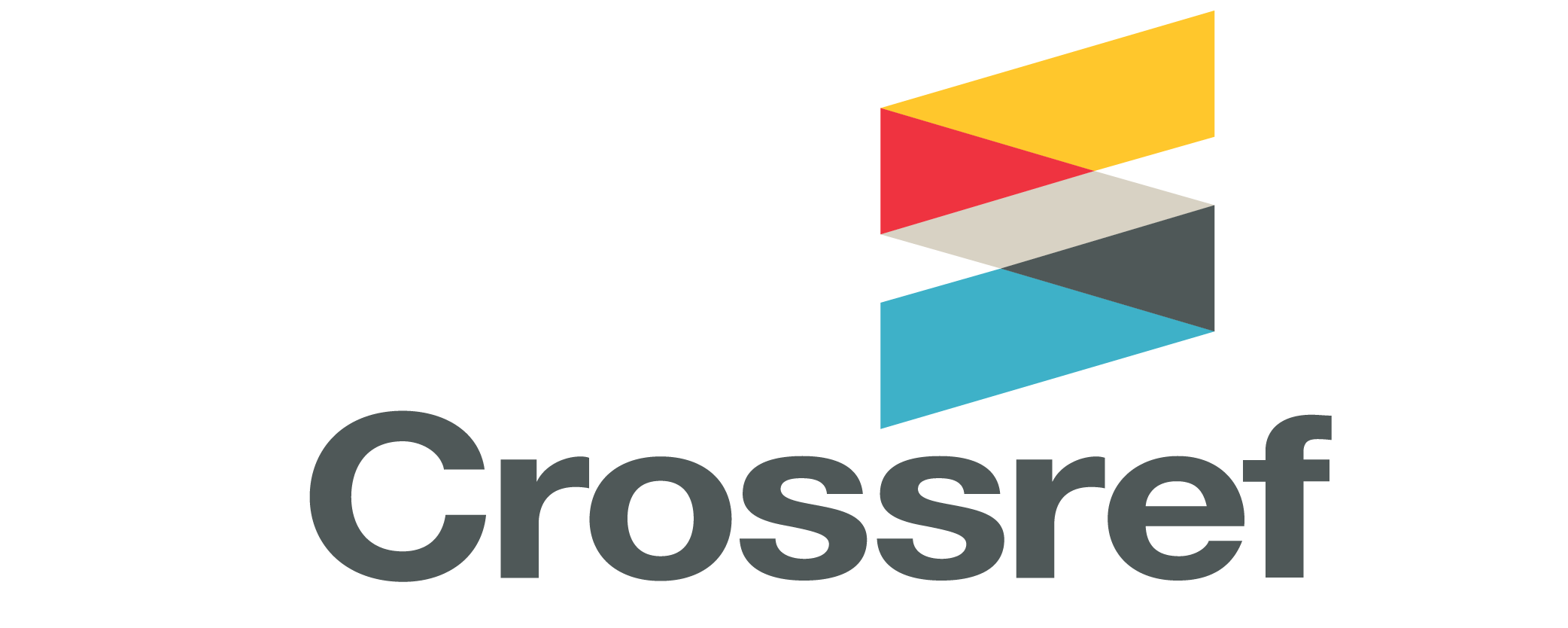Search
Search Results
-
Differentiated instruction not only for Mathematics teachers
163-182Views:254The aim of differentiated development in a heterogeneous group of learners (DDHG) is to reduce school leaving without education, using an adaptive and innovative teaching-learning environment and using the most effective strategies, methods and techniques. Furthermore, this strategy helps in developing skills for learners and building cooperation between learners in heterogeneous classes through the use of the special, status-management educational procedure, and finally its strength is to sort the status ranking among learners, and to change the social structure of the class. Our goal is to figure out how to share best practices with teachers. One of the effective ways to renew teaching practice is through further training for teachers. As a trainer of the Logic-based subprogram of the Complex Basic Program (CBP) the author of the paper has experienced how well logic-based and decision-making strategies work in other subjects as well as in mathematics.
Subject Classification: 97D40
-
Examining relation between talent and competence through an experiment among 11th grade students
17-34Views:120The areas of competencies that are formable, that are to be formed and developed by teaching mathematics are well-usable in recognizing talent. We can examine the competencies of a student, we can examine the competencies required to solve a certain exercise, or what competencies an exercise improves.
I studied two exercises of a test taken by students of the IT specialty segment of class 11.d of Jedlik Ányos High School, a class that I teach. These exercises were parts of the thematic unit of Combinatorics and Graph Theory. I analysed what competencies a gifted student has, and what competencies I need to improve while teaching mathematics. I summarized my experience about the solutions of the students, the ways I can take care of the gifted students, and what to do to the less gifted ones. -
Thoughts on Pólya’s legacy
157-160Views:203There is a saying, "the older I get, the smarter my parents become." What it means, of course, is that the more we learn, the more we appreciate the wisdom of our forebears. For me, that is certainly the case with regard to George Pólya.
There is no need to elaborate on Pólya's contributions to mathematics – he was one of the greats. See, for example, Gerald Alexanderson's (2000) edited volume The Random Walks of George Pólya, or Pólya's extended obituary (really, a
53-page homage) in the November 1987 Bulletin of the London Mathematical Society (Chung et al., 1987). Pólya was one of the most important classical analysts of the 20th century, with his influence extending into number theory, geometry, probability and combinatorics. -
Zoltán Szvetits (1929-2014): legendary teacher, Zoltán Szvetits passed away
287-288Views:61The legendary mathematics teacher of Secondary School Fazekas in Debrecen, Zoltán Szvetits passed away on 5th November 2014, at the age of 84. Beginning in 1954 he had been teaching here almost forty years. His pupils and the society of teachers have lost an outstanding teacher character. This secondary school has been well known for decades about its special mathematics class with 10 math lessons a week. This special class was designed and established by Zoltán Szvetits. -
Prime building blocks in the mathematics classroom
217-228Views:272This theoretical paper is devoted to the presentation of the manifold opportunities in using a little-known but powerful mathematical manipulative, the so-called prime building blocks, originally invented by two close followers of Tamás Varga, to support discovery of various concepts in arithmetic in middle school, including the Fundamental Theorem of Arithmetic or as it is widely taught, prime factorization. The study focuses on a teaching proposal to show how students can learn about greatest common divisor (GCD) and least common multiple (LCM) with understanding, and meanwhile addresses internal connections and levels of abstractness within elementary number theory. The mathematical and methodological background to understanding different aspects of the concept prime property are discussed and the benefits of using prime building blocks to scaffold students’ discovery are highlighted. Although the proposal was designed to be suitable for Hungarian sixth graders, mathematical context and indications for the use of the manipulative in both primary and high school are given.
Subject Classification: F60, C30, E40, U60
-
Process or object? Ways of solving mathematical problems using CAS
117-132Views:65Graphing and symbol manipulating calculators are now a part of mathematics education in many countries. In Norway symbol manipulating calculators have been used at various exams in upper secondary education. An important finding in mathematics education is the duality of mathematical entities – processes and objects. Building on the theoretical development by Anna Sfard and others, the students' solutions on exam problems in upper secondary education are discussed with reference to procedural and structural knowledge. -
Report of Meeting Researches in Didactics of Mathematics and Computer Sciences: 31 March – 2 April, 2023 Oradea, Romania
83-107Views:311The meeting Researches in Didactics of Mathematics and Computer Sciences was held in Oradea, Romania, at Partium Christian University, from 31 March to 2 April, 2023. It was organized by the Doctoral School of Mathematical and Computational Sciences of the University of Debrecen and Partium Christian University. The 85 participants – including 18 PhD students – came from 9 countries and represented 30 institutions of higher and secondary education. There were 4 plenary and 53 session talks in the program.
-
What can we learn from Tamás Varga’s work regarding the arithmetic-algebra transition?
39-50Views:182Tamás Varga’s Complex Mathematics Education program plays an important role in Hungarian mathematics education. In this program, attention is given to the continuous “movement” between concrete and abstract levels. In the process of transition from arithmetic to algebra, the learner moves from a concrete level to a more abstract level. In our research, we aim to track the transition process from arithmetic to algebra by studying the 5-8-grader textbooks and teacher manuals edited under Tamás Varga's supervision. For this, we use the appearance of “working backward” and “use an equation” heuristic strategies in the examined textbooks and manuals, which play a central role in the mentioned process.
Subject Classification: 97-01, 97-03, 97D50
-
An idea which yields a lot of elementary inequalities
61-72Views:96The aim of the article is to show how studies in higher mathematics can be applied in everyday teaching practice to construct new problems for their pupils. In higher mathematics it is known that the set of real numbers with the addition and multiplication (shortly: (R,+,x)) is an ordered field. Considering a strictly monotonic increasing and continuous function σ with domain ...
By this idea, using different kinds of functions σ we show a lot of different elementary inequalities. -
Report on "Problem Solving in Mathematics Education": ProMath 6 Conference, 8–11 September, 2005, Debrecen, Hungary
313-319Views:129The sixth ProMath Conference was organized at the University of Debrecen (Hungary) in the year 2005. There were 12 presentations. After a short historical introduction we present the 12 abstracts written by the authors. -
Visualisation in geometry education as a tool for teaching with better understanding
337-346Views:305In primary and secondary geometry education, some problems exist with pupils’ space thinking and understanding of geometric notions. Visualisation plays an important role in geometry education, and the development of pupils’ visualisation skills can support their spatial imagination. The authors present their own thoughts on the potential of including visualisation in geometry education, based on the analysis of the Hungarian National Core Curriculum and Slovak National Curriculum. Tasks for visualisation are also found in international studies, for example the Programme for International Student Assessment (PISA). Augmented reality (AR) and other information and communication technology (ICT) tools bring new possibilities to develop geometric thinking and space imagination, and they also support mathematics education with better understanding.
Subject Classification: 97U10, 97G10
-
Teaching graph algorithms with Visage
35-50Views:143Combinatorial optimization is a substantial pool for teaching authentic mathematics. Studying topics in combinatorial optimization practice different mathematical skills, and because of this have been integrated into the new Berlin curriculum for secondary schools. In addition, teachers are encouraged to use adequate teaching software. The presented software package "Visage" is a visualization tool for graph algorithms. Using the intuitive user interface of an interactive geometry system (Cinderella), graphs and networks can be drawn very easily and different textbook algorithms can be visualized on the graphs. An authoring tool for interactive worksheets and the usage of the build-in programming interface offer new ways for teaching graphs and algorithms in a classroom. -
Die Methode von Prof. Tibor Szele im Unterricht begabter Schüler
143-151Views:144Prof. Tibor Szele' has attempted to develop the mathematical problemsolving, creativity include the use of investigations and host of other devices beyond the classroom, i.e. in "mathematical circles" for talented students in secondary schools. This paper of the author – who himself has taken part in Seles1s mathematical circles – quotes from these activities according his earlier notes. This description illustrates the didactic method of Prof. T. Szele. -
Experiences using CAS and multimedia int teaching vectorcalculus
363-382Views:70The development of informatics brings new opportunities that need reevaluating of the teaching concepts. For this reason we have performed a comprehensive educational development for engineering students. Our main goals were to work out a new educational strategy, to develop the needed package of the subject material, to introduce the strategy in the practice, to analyze and evaluate the experiences. In the developed and adapted teaching-learning strategy the teacher is the organizer, designer and the manager of the process. In this paper we summarize the concepts, the results and experiences of the 3-years-long development. -
The investigation of students' skills in the process of function concept creation
249-266Views:125Function is a basic concept of mathematics, in particular, mathematical analysis. After an analysis of the function concept development process, I propose a model of rule following and rule recognition skills development that combines features of the van Hiele levels and the levels of language about function [11]. Using this model I investigate students' rule following and rule recognition skills from the viewpoint of the preparation for the function concept of sixth grade students (12-13 years old) in the Ukrainian and Hungarian education system. -
Forming the concept of parameter with examples of problem solving
201-215Views:109Pupils are encountering difficulties with learning algebra. In order for them to understand algebraic concepts, particularly the concept of parameter it was decided by the teacher of mathematics and Information Technology to integrate the teaching of these two subjects. The aim of this study is to investigate whether, and to what degree, software can be useful in process of forming the concept of parameter. This longitudinal study was conducted in a junior high school (13-16 year old children) using different computer programs. -
Les mathématiques dans le grand public et dans l'enseignement: quelques éléments d'une analyse didactique
195-216Views:91The paper looks for reaction of the public at large that is people out of educational system, concerning the mathematical exercises. We can see some results about:
• impact of terms on the motivation
• the effects of the traditional didactic on the method to resolve a problem.
Résumé. Cet article cherche la réactions du grand public c.a.d. de personnes hors systéme scolaire, de nombreuses années aprés avoir terminé leurs études vis á vis des exercises mathématiques.
Nous présentons quelques résultats concernant les points suivants:
– l'impact de l'« habillage » d'un énoncé sur la motivation
– les effets de l'absence d'un contrat didactique traditionnel sur la maniére de résoudre un probléme. -
Online tests in Comprehensive Exams – during and after the pandemic
77-93Views:200The Covid-19 pandemic accelerated the development of electronic (e-learning) assessment methods and forced their use worldwide. Many instructors and students had to familiarize themselves with the form of distance education. During and since Covid-19 in Hungary, at the Faculty of Engineering of the University of Debrecen, the written part of the Comprehensive Exam in Mathematics is organized in a computer lab of the university using an online test. Our goal is that the results of the tests may be as reliable as possible in terms of measuring the students’ knowledge, and thus the grades given based on the test results would be realistic. In this paper, we show the analysis of a sample written exam and compare the real exam results of students who were prepared for the comprehensive exam during Covid-19 and who have participated in face-to-face education since then. The tools provided by the Moodle system necessary for comparison are also presented.
Subject Classification: 97D40, 97D70, 97U50
-
Strategies used in solving proportion problems among seventh-grade students
101-127Views:22In the 2023/2024 school year, 146 seventh-grade Hungarian students (aged 12-13) participated in our classroom experiment on solving proportion problems. At the beginning and the end of the teaching phase, both the experimental and the control groups solved a test. Regarding the answers of the students, in the pre- and post-test mostly consisting of word problems, we examined the success of solving the problems, as well as the solution strategies. For this, we used the strategies of proportional thinking that already exist in the literature of mathematical didactics. We intended to answer the following questions: To what extent and in which ways do the different types of problems and texts influence the solution strategies chosen by the students? How successfully do seventh-grade students solve proportion problems?
Subject Classification: 97D50, 97F80
-
Problems of computer-aided assessment of mathematical knowledge
41-52Views:114Although conventional written and oral exams are dominant in assessment nowadays, computer-aided assessment is developing dynamically. There are several assessment systems, but most of them evaluate only multiple choice questions and even the most sophisticated ones cannot follow the process of thinking of students in detail. Why is it? In this article I will analyse the difficulties of the implementation of assessment system focused primarily on mathematics questions and present some of my experience related to the eMax system, developed at Óbuda University. -
Proof without words: four circles
307-309Views:114Theorem. Let O, P and Q be three points on a line, with P lying between O and Q. Semicircles are drawn on the same side of the line with diameters OP, PQ and OQ. An arbelos is the figure bounded by these three semicircles. Draw the perpendicular… -
A first course in computer science: languages and goals
137-152Views:73The College Board Advanced Placement exam in computer science will use the language Java starting in fall 2003. The language chosen for this exam is based on the language commonly taught in introductory computer science courses at the university level. This article reviews the purpose of an introductory course and the various suggestions for the curriculum of introductory courses published by the Association for Computing Machinery. It then proposes that such a course stress foundational concepts over specific language syntax, and then provides a list of such foundational concepts and related topics. Based on this fundamental curriculum, the article recommends C++ as the most appropriate language. An appendix provides a sample syllabus. -
On the past of a famous theorem: the predecessors of a theorem of Pythagoras
255-267Views:129The well-known Theorem of Pythagoras asserts a relation among the sides of any right-angled triangle. It can be found any secondary school textbook. An interesting question whether this result due to the Pythagoreans from the VIth century BC, or it was known in earlier civilizations. The first answer is a vague yes. According to the legends the Egyptian rope-stretchers used a triangle with sides 3,4,5 units to create right angle. But are there real evidences that this result was known earlier? We will argue that in almost all river-valley civilizations it was known and used. -
The requirements in statistics education – comparison of PISA mathematical tasks and tasks from the mathematical textbooks in the field of statistics
263-275Views:111This work presents the results of the analysis of both PISA items and Croatian mathematical textbooks in the field of statistics.
The analysis shows that PISA's released statistics problems have in many ways different mathematical requirements from the requirements of textbook problems in the statistics chapters, with respect to the mathematical activities, complexity and in the forms of questions. The textbook analysis shows that mathematical examples and problems often require operation and interpretation skills on a reproductive or connections level. Statistics textbook problems are given in the closed-answer form. The results also show that while PISA puts strong emphasis on the statistics field, in the current Croatian curriculum this field is barely present. These discrepancies in requirements and portion of statistics activities surely affect the results of Croatian pupils on PISA assessment in the field of mathematical literacy. -
"Frontier algorithms"
139-152Views:101In this paper we present a new method to compare algorithm design strategies. As in case of frontier towns the cultures blend, the so called "frontier algorithms" are a mixture of different programming techniques like greedy, backtracking, divide and conquer, dynamic programming. In case of some of them the frontier character is hidden, so it has to be discovered. There are algorithms that combine different techniques purposively. Furthermore, determining the programming technique the algorithm is using can be a matter of point of view. The frontier algorithms represent special opportunities to highlight particular characteristics of the algorithm design strategies. According to our experience the frontier algorithms fit best to the revision classes.






